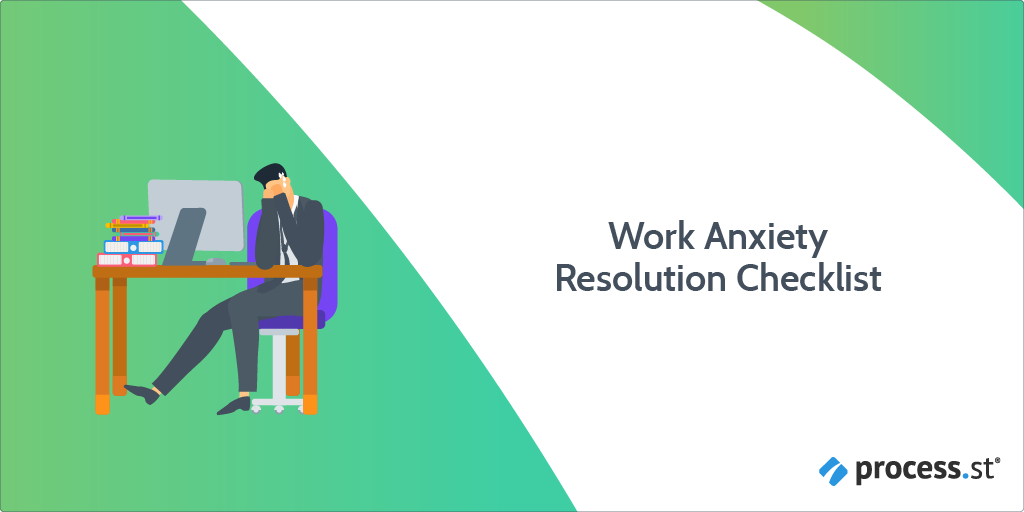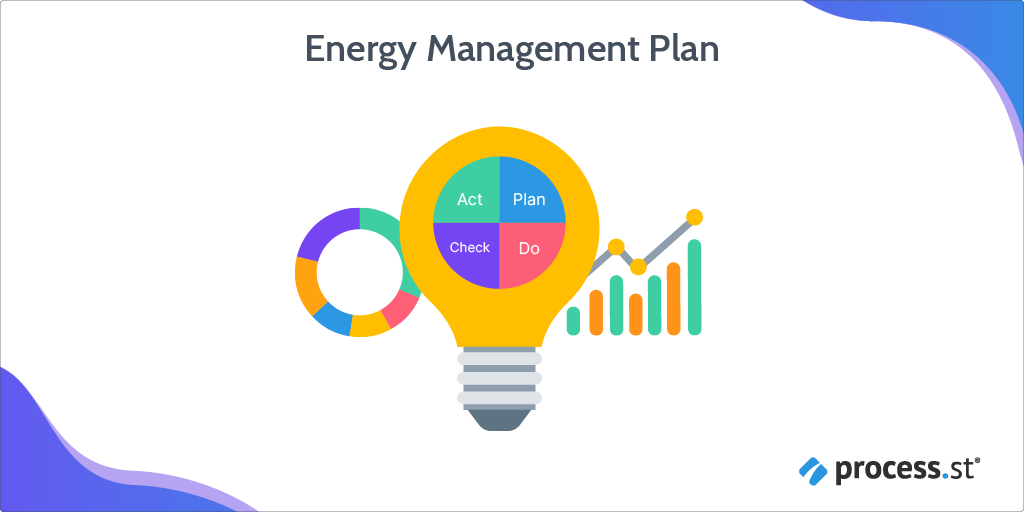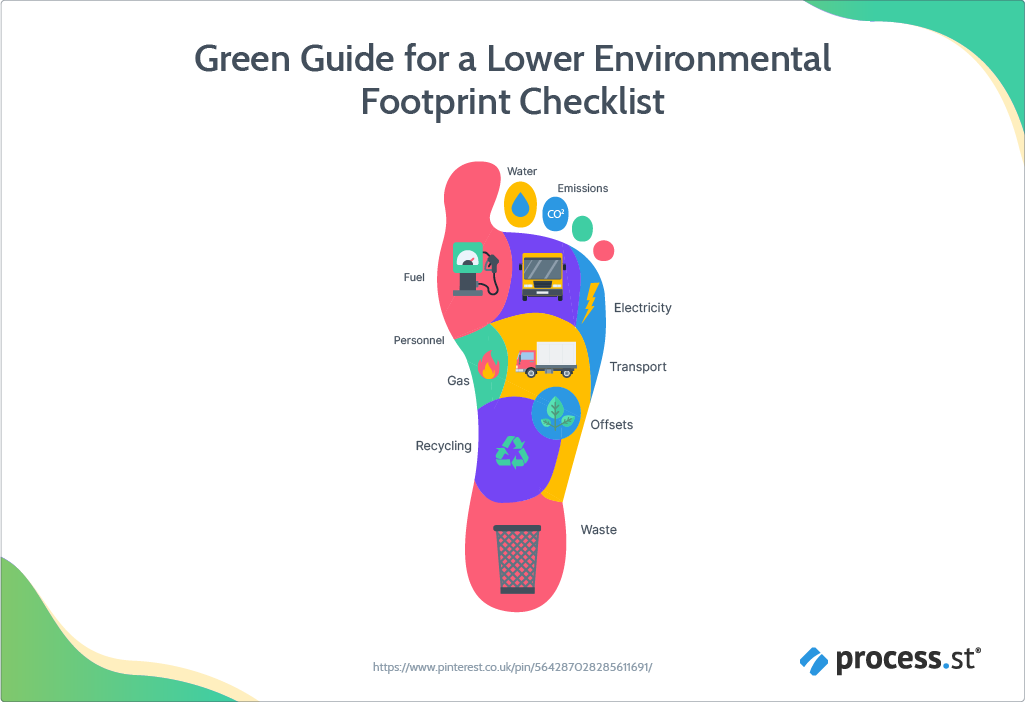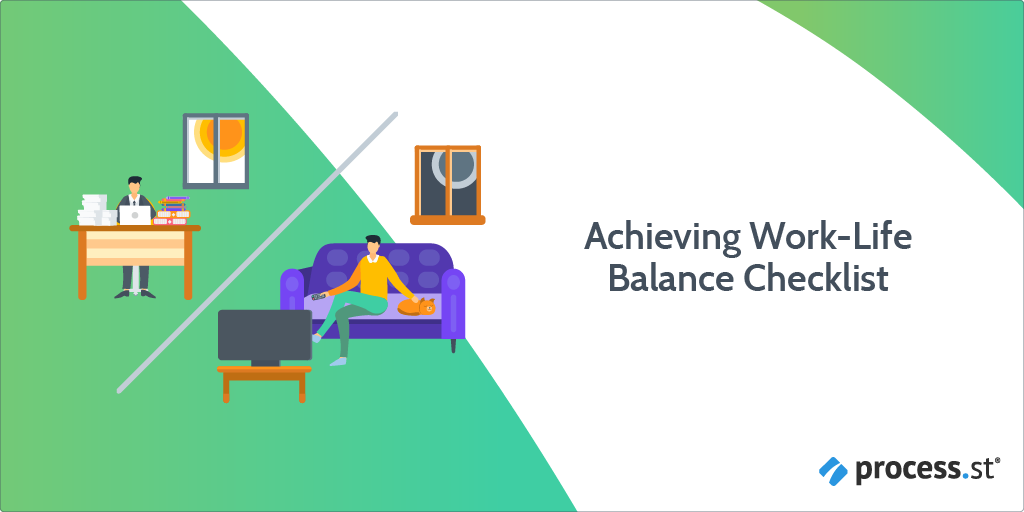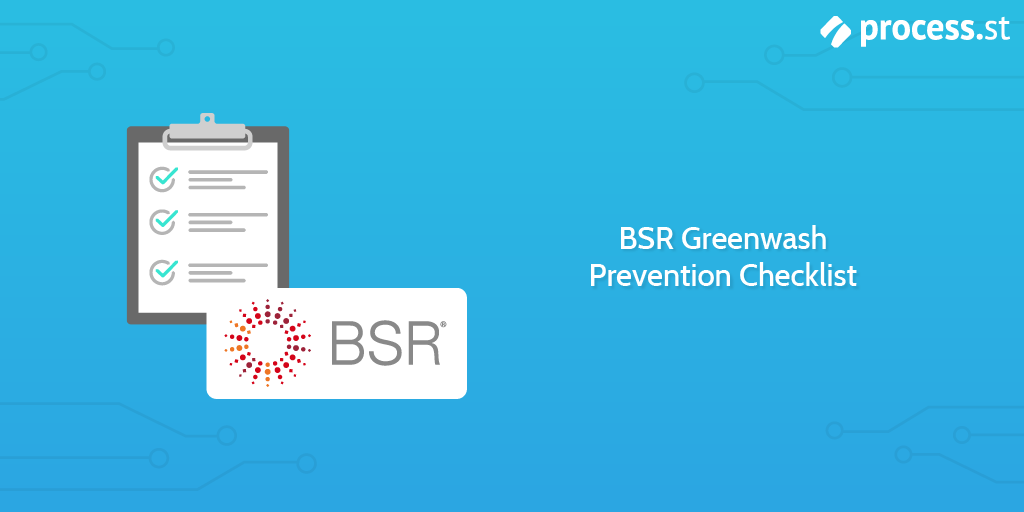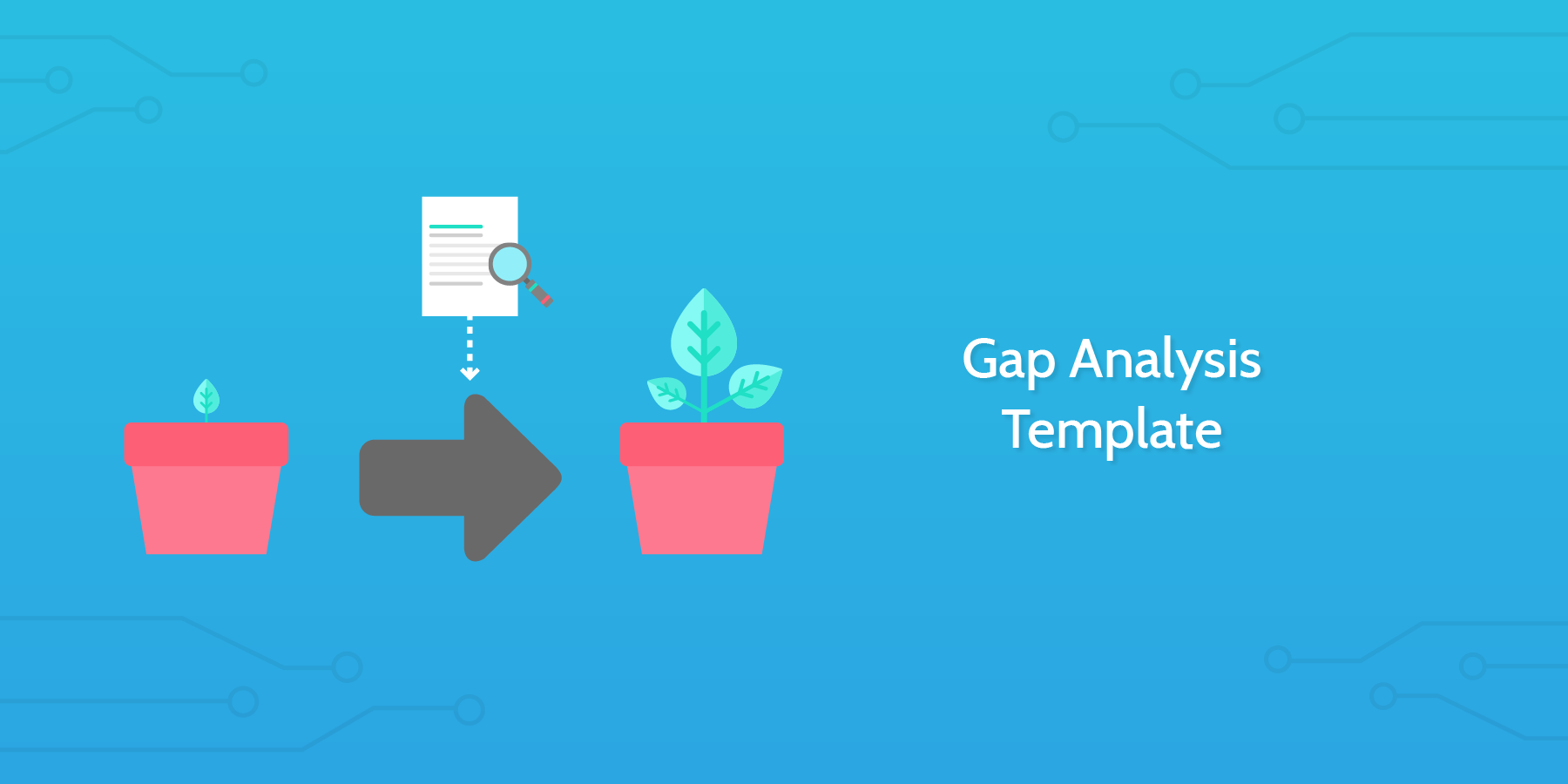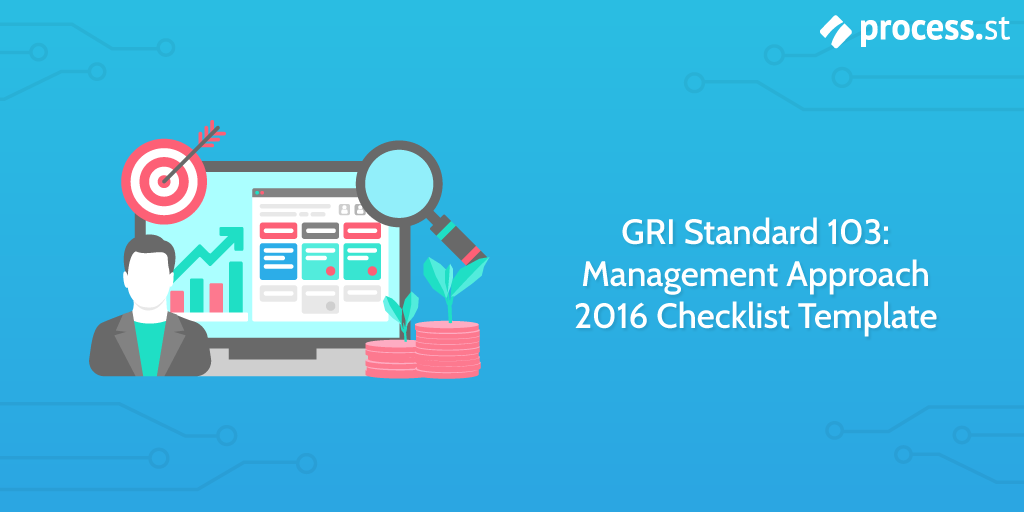93% of Americans say they experience stress at work.
Stress at work can easily lead to work anxiety - a type of anxiety that's fueled by thoughts or actions related to work.
The content team at Process Street - a nifty checklist app - created this checklist template so employees can tackle work anxiety head-on.
Here's how it works.
First, an employee suffering from work anxiety launches the checklist. The first few tasks will help them to address the anxiety by defining the cause and confirming the symptoms they're feeling.
Then, they'll be guided through anxiety-quashing tasks that have been suggested by the likes of The Anxiety and Depression Association of America (ADAA) and other mental health organizations.
Once the employee feels better, they'll be instructed to ease back into work slowly. If they're not feeling better, they're advised to talk to an HR staff member, an outsourced EAP professional, or their line manager.
If you're an HR staff member, outsourced EAP professional, or line manager, hand this checklist template to employees when they're feeling work anxiety.
If you don't have access to these staff members or you're just wanting to tackle work anxiety off your own back, go ahead and use this checklist, too!
This checklist should be launched whenever an employee has work anxiety and as soon as possible so it can be diminished quickly.
Please note: The tasks in this checklist doesn't cover more complex anxiety disorders. If you're suffering from a complex anxiety disorder and you haven't yet done so, speak to a medical professional.

